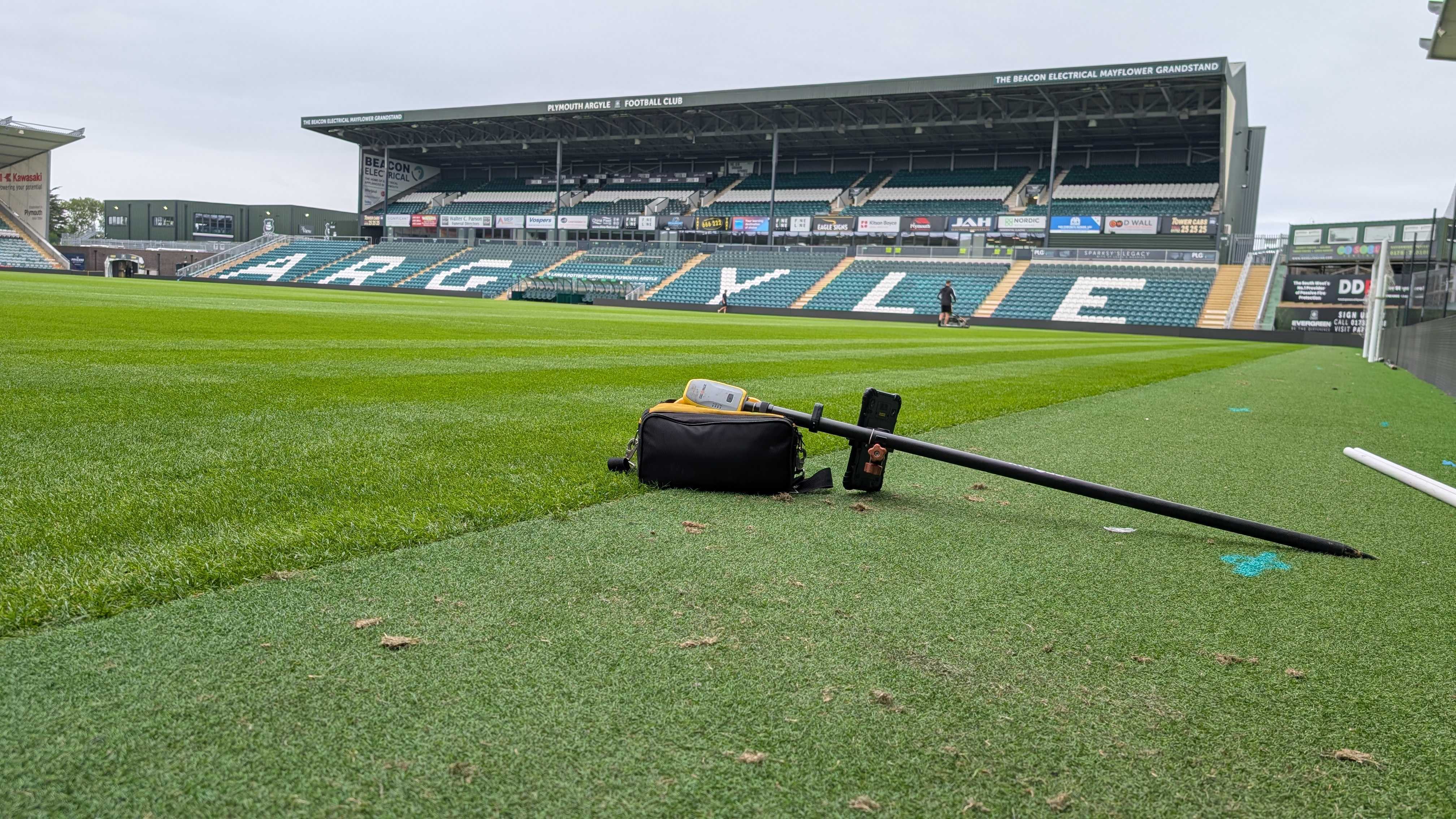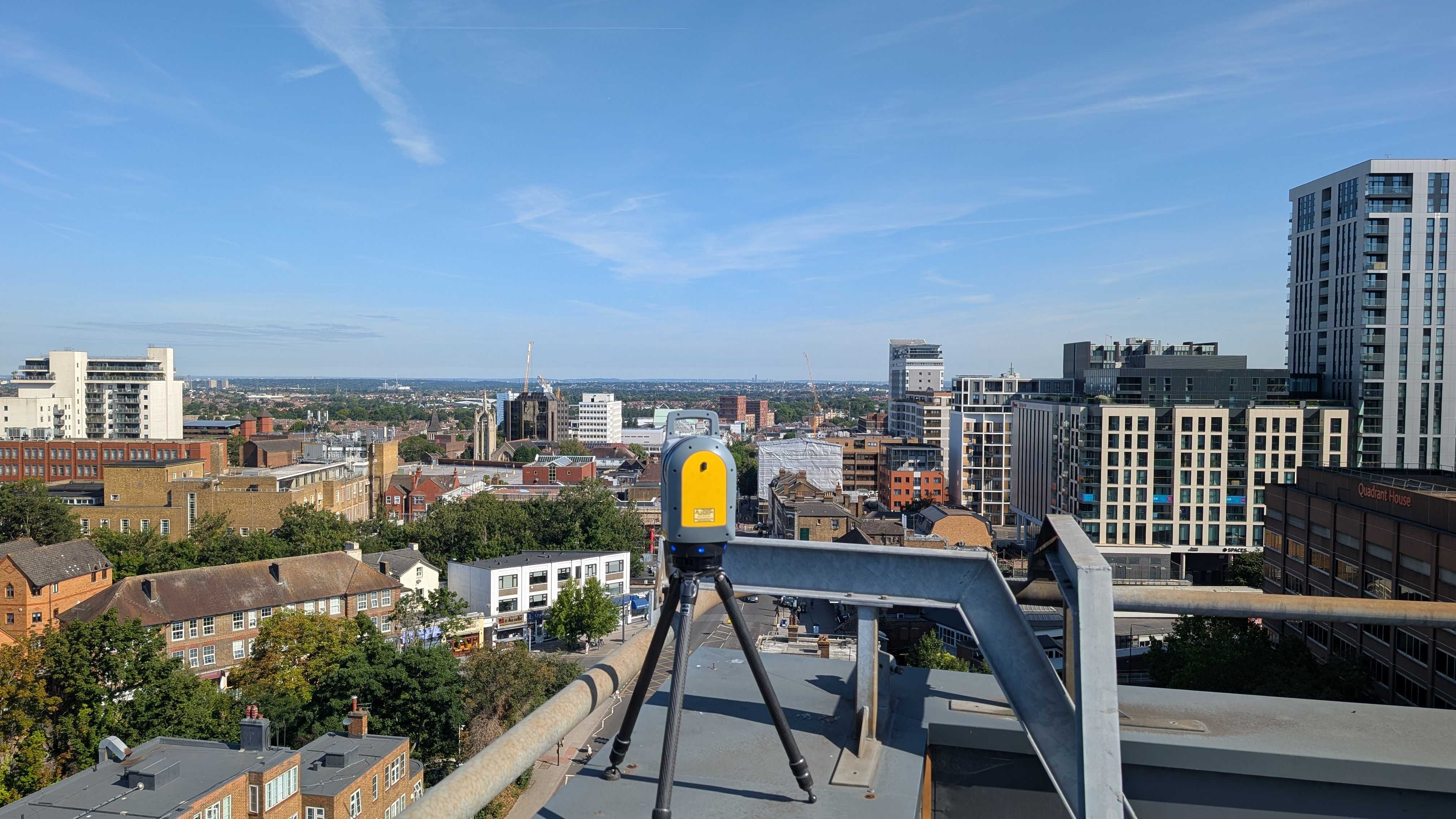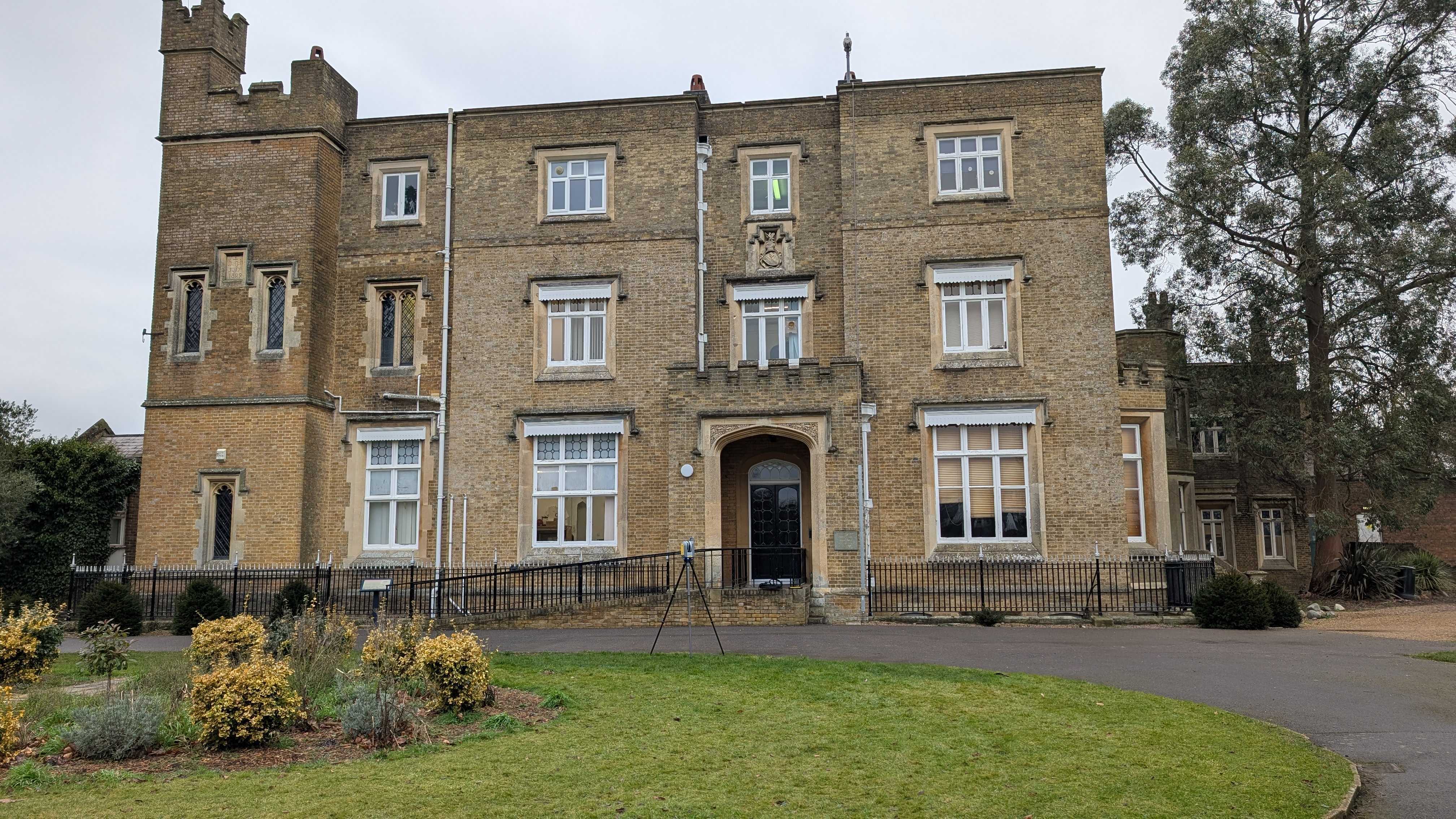A Ground Penetrating Radar (GPR) survey is one of the most effective methods for understanding what lies beneath the surface before excavation, drilling, or design work begins.
It offers a non-intrusive way to locate utilities, voids, underground structures, and changes in material composition. However, the accuracy and reliability of any GPR survey depend heavily on the process behind it.
When the survey is carried out correctly and each stage is given the attention it deserves, project teams gain the confidence to make informed decisions and avoid costly mistakes.
This blog takes you through the five essential steps of a professional GPR survey, beginning with choosing the right surveying partner and ending with the key benefits delivered to your site.
Step 1: Choosing the Right Surveying Company
The first and most important step in any GPR survey is selecting a company with proven expertise – such as Intersect Surveys.
A skilled provider does more than simply operate a radar system. They understand the complexities of subsurface conditions, know how to interpret challenging data, and take full responsibility for ensuring the clarity and accuracy of the survey results.
When choosing a surveying partner, experience should outweigh cost. Many issues found in construction arise from surveys completed by inexperienced surveyors who lacked the knowledge to interpret anomalous readings or who used equipment that was not suited to the site conditions. Every site is different, and the right surveyor will see that.
A reliable provider will be transparent about their methodology, communicate clearly, and work closely with you to understand your project’s objectives. By selecting the right company from the start, you lay the groundwork for a successful survey that supports safe and efficient site operations.
Step 2: Pre-Survey Planning and Site Assessment
Before any scanning begins, the site must be properly assessed. This stage is often underestimated, but it is essential for ensuring accurate results. A professional surveyor will conduct a walkover to identify constraints such as limited access, surface obstructions, uneven ground, or areas where signals may be disrupted. They will review existing plans, understand excavation depths, and determine exactly which features need to be located.
This early preparation also involves identifying risks, ensuring safe working practices, and aligning expectations with the project team. Clear communication at this stage helps prevent misunderstandings further down the line, particularly on complex sites where conditions can vary significantly.
By investing time into preparation, the surveyor can select the most appropriate antenna frequencies and mapping methods, ensuring the GPR equipment is used to its full capability. The planning phase ultimately ensures that the survey is efficient, accurate, and fully aligned with your site requirements.
Step 3: Conducting the GPR Survey On Site
Once planning is complete, the survey itself can begin. This stage requires technical proficiency, attention to detail, and the ability to adapt to site conditions.
A trained surveyor will operate the GPR equipment systematically, ensuring full coverage of the required areas while avoiding missed zones. They will interpret live data on site and decide when additional passes or alternative equipment may be necessary.
As features are identified, they are marked clearly to give the site team immediate visibility of what lies below the surface. The quality of this step depends on the surveyor’s skill, since GPR results can vary depending on soil type, moisture levels, and the presence of reinforced structures.
An experienced operator will understand these variables and know how to adjust their method to ensure consistent, reliable results. The on-site survey is where planning comes together, combining expertise and technology to produce the subsurface clarity your project needs.
Step 4: Data Interpretation and Deliverables
Once fieldwork is complete, the data is analysed to create clear and accurate deliverables.
This is one of the most critical stages of the process because raw GPR data is complex and can be misinterpreted without specialist training. Skilled interpreters examine the radargrams, identify utility lines, confirm depths, and determine the nature of any anomalies.
This information is then transformed into outputs such as CAD drawings, utility maps, or detailed reports. These deliverables must be easy to understand, visually clear, and directly relevant to the project requirements.
A strong GPR provider will present findings in a way that supports designers, engineers, and site teams, ensuring they have all the information needed to plan safely and efficiently. Interpretation is where expertise truly becomes evident and where your investment in a professional survey shows its value.
Step 5: The Benefits of a Comprehensive GPR Survey
Once the process is completed, the benefits are felt across the entire project. A thorough GPR survey reduces the risk of utility strikes, unexpected delays, costly rework, and unnecessary excavation.
It also provides designers with accurate information, allowing them to make confident decisions that improve buildability and reduce uncertainty. Project managers benefit from greater control over site activities, while safety teams gain assurance that excavation work can proceed with minimal risk.
Over time, GPR surveys help reduce overall project costs by preventing mistakes that could have been avoided with better subsurface data. By completing all five stages properly, you gain a clear, reliable picture of what lies beneath your site, enabling smoother operations and stronger project outcomes from start to finish!
A Strong Foundation for Every Project
A successful GPR survey relies on following a structured, professional process. When each step is carried out thoroughly, you protect your project from unnecessary risks and give your team the clarity needed to plan confidently.
At Intersect Surveys, we deliver GPR surveys with precision, consistency, and a commitment to high-quality data that supports safe and cost-effective construction.
If you want to understand what is beneath your site with complete confidence, contact us today to book your GPR survey or speak to our team about your upcoming project.







